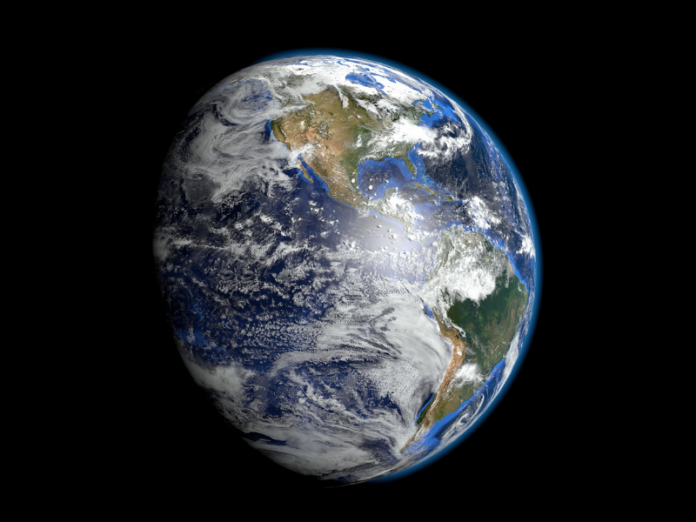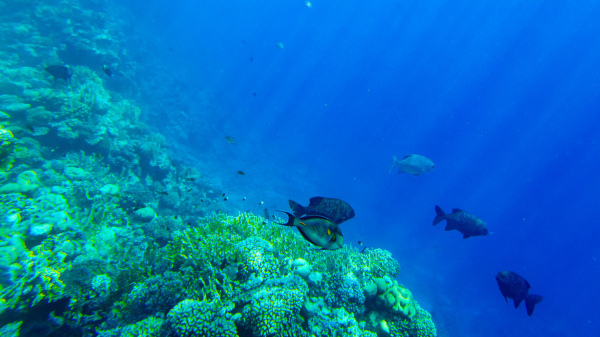YOU SHOULD SUBSCRIBE TO CLIMATE CHANGE WEEKLY.
IN THIS ISSUE:
- ‘State of the Planet’ Is Good, No Climate Crisis in Sight
- Podcast of the Week: Unrealistic Demands From the Environmental Left (Guest: Ann Bridges)
- Arctic Was Warmer, Had Less Ice 6,000 Years Ago
- Glaciers Contain Less Ice Than Previously Believed
- Coral Bleaching Misunderstood, Misrepresented
- Climate Comedy
- Video of the Week: Reactions to the New IPCC Report
- BONUS Video of the Week: Climate Models Explained
- Recommended Sites
‘State of the Planet’ Is Good, No Climate Crisis in Sight
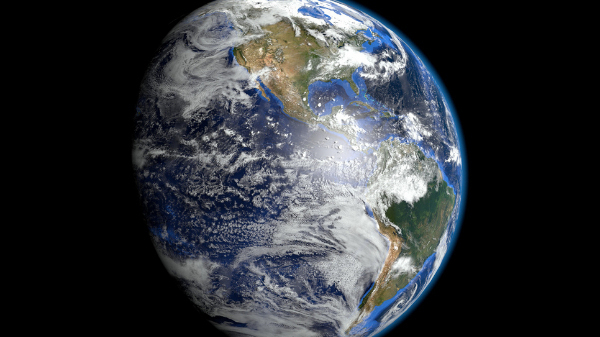
For nearly two years now, Climate at a Glance and Climate Change Weekly have detailed the copious amounts of data and evidence that clearly demonstrate the Earth is not facing a climate crisis. (A new, print version of Climate at a Glance was published for Earth Day.)
Over the course of hundreds of reports and articles, many responding to alarming and false climate stories hyped in the corporate media, these sites have presented real-world data showing fewer people are losing their lives to extreme weather events and nonoptimal temperatures than ever before; hunger, malnutrition, and deaths from starvation have fallen more and faster than at any previous time in history, thanks primarily to record-setting crop growth assisted by increased carbon dioxide; and the lack of evidence that most types of extreme weather—hurricanes, tornadoes, flooding, drought, etc.—have become more frequent or more intense because of human fossil fuel use.
The Heartland Institute and its associated researchers are hardly the only organization and group of scholars hammering this point home on a regular basis. Across the pond, in the United Kingdom, the Global Warming Policy Foundation (GWPF) has for years been doing yeoman’s work to bring the unalarming truth about present climate conditions to light.
Most recently, GWPF published its annual State of the Climate report, by Ole Humlum, Ph.D., emeritus professor at the University of Oslo. In this report, Humlum examined temperature records and trends for the atmosphere and oceans and for weather events. Humlum finds, among other things, there is no evidence of a dramatic change in snow cover, rates of sea level rise, or storm activity.
Some facts from Humlum’s report:
- Global tide gauge measurements suggest sea levels are rising on average between 1 and 2 mm per year, consistent with the historic rise of the past few hundred years, with no recent acceleration or deceleration in the rate of rise.
- Average snow cover for the Northern Hemisphere has been stable since the onset of satellite observations in 1979. Autumn snow cover in the Northern Hemisphere has been slightly increasing, the midwinter cover has remained virtually unchanged in extent, and spring snow cover displays a slight decreasing trend.
- The most recent data on global tropical storms and hurricanes show accumulated cyclone energy is well within the range observed since 1970 and the number of hurricanes making landfall in the continental United States remains within the normal range for the entire observation period since 1851.
Humlum’s report provides much detail about how temperatures are measured on land and oceans, the problems with each of the measuring systems, why there is a discrepancy between the ground-based temperature measurements and satellite measurements, and the hows and whys of temperature trends and how they differ by latitude, altitude, ocean depth, and region and zone. Humlum writes, “All temperature records are affected by at least three sources of error, each of which differs among the individual station records used.” After discussing each source of error, he explains, “The margin of error … is probably at least ±0.1°C for surface air temperature records, … [making] it statistically impossible to classify any year as ‘record-breaking,’ as several other years may be within the margin of error.”
So much for the breathless claims made almost every year by politicians, government-funded researchers, environmental lobbyists, and the corporate media that new global average high temperature records have been set yet again, almost always citing land-based measuring systems compromised by a growing urban heat island bias. When each “new record high” temperature measured is within the margin of error, it’s hard to establish definitely any new record has been set.
“A year ago, I warned that there was great risk in using computer modelling and immature science to make extraordinary claims,” said Humlum in discussing the takeaway message of his report. “The empirical observations I have reviewed show very gentle warming and no evidence of a climate crisis.”
In the end, most of the alarming claims made about a looming human-caused climate apocalypse are based on flawed computer model projections, not physical measurements of changes in the climate. The general circulation models widely used by the climate alarm community grossly overestimate warming. As a result, they have been unable to portray past or present temperatures or temperature trends accurately. Commenting on this and Humlum’s study, GWPF director Benny Peiser, Ph.D., said,
It’s extraordinary that anyone should think there is a climate crisis. Year after year our annual assessment of climate trends documents just how little has been changing in the last 30 years. The habitual climate alarmism is mainly driven by scientists’ computer modelling rather than observational evidence.
SOURCES: Global Warming Policy Foundation; Climate Realism; Climate at a Glance
Check Out All Our Presentations in Scotland
Podcast of the Week
Acclaimed author Ann bridges joins the Heartland Research Fellow Linnea Lueken to discuss the green energy revolution many democrats desire, but do not understand. Renewable energy production requires rare Earth minerals, something the Biden administration does not want to ramp up. Bridges explains how the environmental left wants green policies “both ways.” They want all electric vehicles and renewable energy, but refuse to mine for the critical minerals these technologies require.
Bridges and Lueken discuss the General Mining Law of 1872. They explain why people think the General Mining Law is outdated, whether it needs to be changed, and how the law fits into the desires of the environmental left.
Arctic Was Warmer, Had Less Ice 6,000 Years Ago
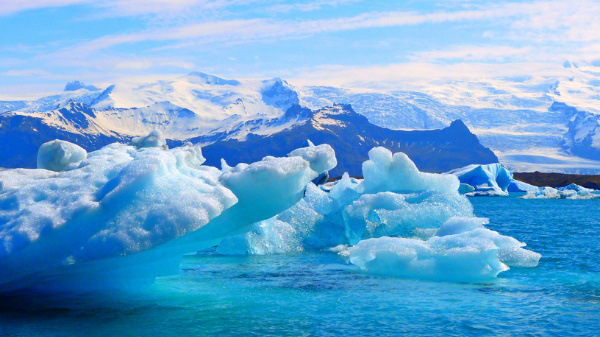
Data from hundreds of temperature reconstructions show the Northern Hemisphere was significantly warmer for much of the past 10,000 years (Holocene) than it is today. A recent study published in Climate of the Past examined the sediment records from 66 glaciers and icecaps (GIC) from all over the Arctic, covering the past 12,000 years.
Based on these records, they conclude the Arctic was warmer 6,000 years ago than it is today. This research suggests many glaciers and icecaps present today disappeared entirely during the summers 6,000 years ago, as they were warmer than at present. The study reports,
[T]he full Arctic compilation suggests that the majority (50% or more) of studied GICs were smaller than present or absent by ∼10 ka. We find the highest percentage (>90%) of Arctic GICs smaller than present or absent in the middle Holocene at ∼ 7-6 ka, probably reflecting more spatially ubiquitous and consistent summer warmth during this period than in the early Holocene. …
Our review finds that in the first half of the Holocene, most of the Arctic’s small GICs became significantly reduced or melted away completely in response to summer temperatures that, on average, were only moderately warmer than today.
SOURCE: Climate of the Past
Heartland’s Must-read Climate Sites
Glaciers Contain Less Ice Than Previously Believed

Research published in Nature Geoscience finds the world’s glaciers contain less ice than previously estimated.
The researchers involved in this study used new satellite imaging techniques to measure the thickness of more than 250,000 mountain glaciers around the world, for the first time, allowing them to calculate more accurately the volume of ice in different glaciers. The survey accounted for more than 98 percent of the world’s glaciers, including some in Europe, New Zealand, and South America that were never mapped before.
This research by scientists from universities and research institutes in Denmark, France, and the United States is important because millions of people around the world depend on freshwater in glaciers, as they melt seasonally, for drinking water, agriculture, and electric power generation. An accurate understanding of how much water glaciers contain is critical both for planning for glacier-dependent populations’ future water supplies and for glaciers’ possible contributions to sea level rise.
Among the findings are that the Himalayan glaciers contain approximately 37 percent more ice than previous surveys estimated. By contrast, Andean glaciers contain 27 percent less ice than formerly believed, if this research is correct.
Glaciologist Romain Millan, lead author of the study, told Bloomberg he “hopes scientists will use this new tool to model the future availability of glacial water. ‘It’s important for policymakers to anticipate the effects of climate change on glaciers and water supplies.’”
The research also indicates glacial melting is contributing 20 percent less to sea level rise than previously estimated, and that if all mountain glaciers melted—excluding those in in Greenland and Antarctica—ocean levels would increase by about 10 inches instead of the 13 inches previously projected.
Climate alarmists cannot claim the study results provide proof climate change is causing glaciers to melt faster than previously estimated. The authors make it clear the lower ice volume numbers derive solely from a correction in the way ice volumes are calculated, not that ice has melted faster and thereby decreased volumes.
SOURCES: Bloomberg; Nature Geoscience
Coral Bleaching Misunderstood, Misrepresented
In the April 16 edition of The Quadrant, marine biologist Walter Starck, Ph.D., writes much of the concern about coral bleaching is misplaced because of a misunderstanding on the part of journalists and the public about how coral reefs function and how they vary from location to location and at different depths.
Starck provides a bevy of facts about how various species interact with and move in and out of corals seasonally and in response to short-term perturbations from spikes or dips in ocean temperatures. Starck explains the following (quoted in part):
- Different strains of the algae are optimised to the differing seasonal temperatures and geographic regions.
- The strains of algae living in the tissues of corals change in accord with seasonal changes in water temperature. Such changes are usually gradual and the change in algae is not visually apparent.
- However, a more rapid change in temperature can result in the existing algal strain being expelled from the corals and appearing bleached. Such rapid changes in temperature are not rare. Atmospheric cold fronts can result in sudden cooling. Likewise, calm periods lasting a week or more in warmer months can result in several degrees of warming near the surface when wave-driven mixing and water flows across shallow reefs fade away.
- If a temperature change is only brief, as in the wind returning after a calm period, the expelled algal strain may just be re-established. If the change is seasonal, a new strain of algae may replace the previous one. Such recovery can be relatively quick. A few weeks after a bleaching event, corals usually appear normal again.
- Bleaching mostly affects shallow reef areas where it is also conspicuous. … The vulnerable shallow areas are also subject to occasional devastation from storms, floods or even just a good rain if it occurs when corals are exposed by a low tide.
Starck provides evidence the extent of bleaching in recent events on Australia’s Great Barrier Reef (GBR) was greatly overstated because of survey locations and methodologies, and that most of the bleached coral recovered. In 2021, just four years after the last major bleaching event, Australia’s survey of the GBR found the highest level of coral cover ever recorded in the three and a half decades of the survey record.
“[I]ncidents of coral bleaching are nothing new, unusual or threatening,” writes Starck. “They are common natural event[s] no more threatening than trees shedding their leaves with the changing seasons, or occasionally in response to a dry spell.”
SOURCE: The Quadrant
Video of the Week: Greenpeace Co-Founder Patrick Moore
Watch Greenpeace co-founder Patrick Moore give a fantastic presentation at the Fourteenth International Conference on Climate Change (ICCC), put on by The Heartland Institute. Moore helped start Greenpeace to fight noble environmental goals across the globe, but he soon saw the organization abandon that mission in favor of an anti-human agenda.
Climate Comedy
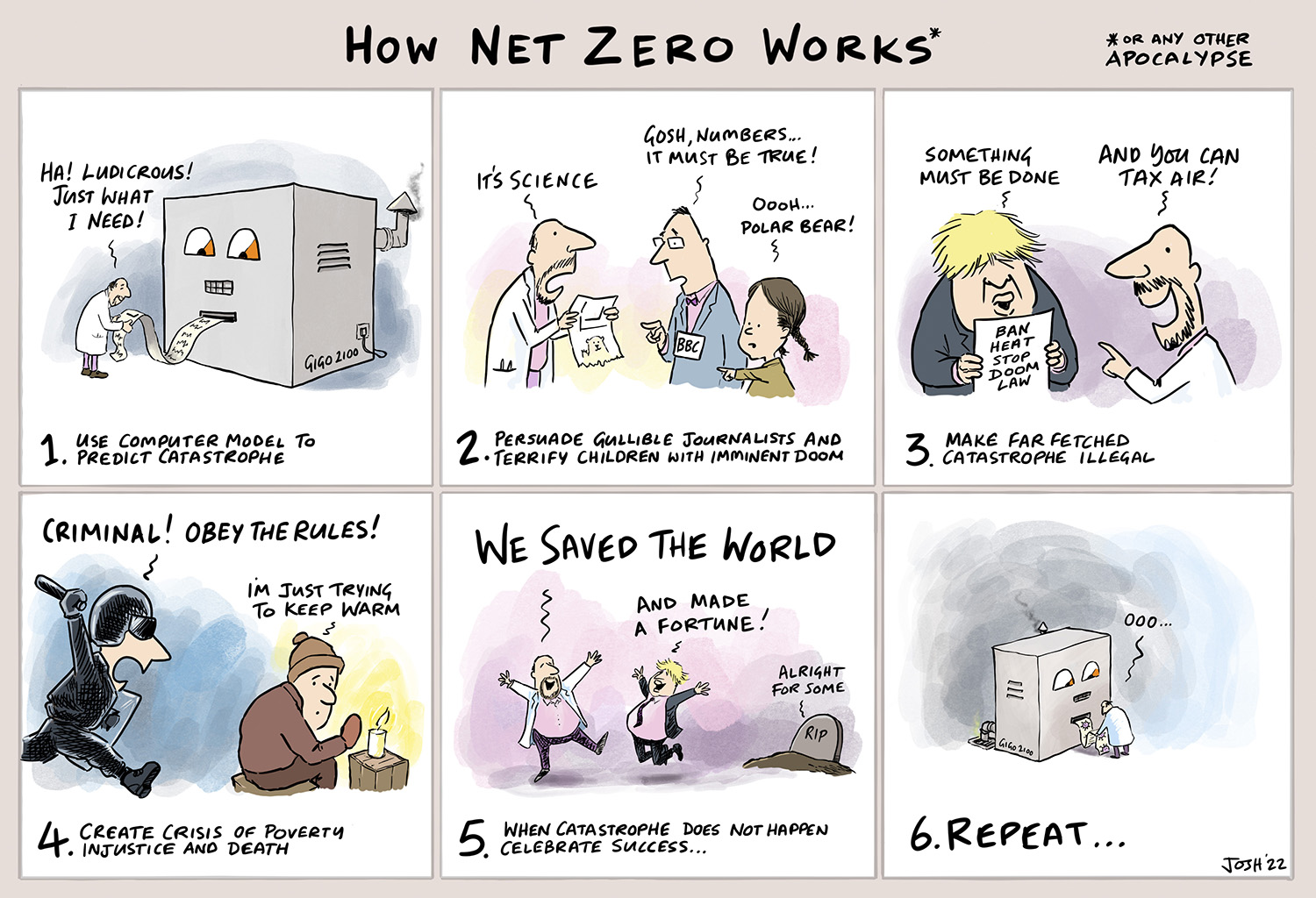 via Cartoons by Josh
via Cartoons by Josh


